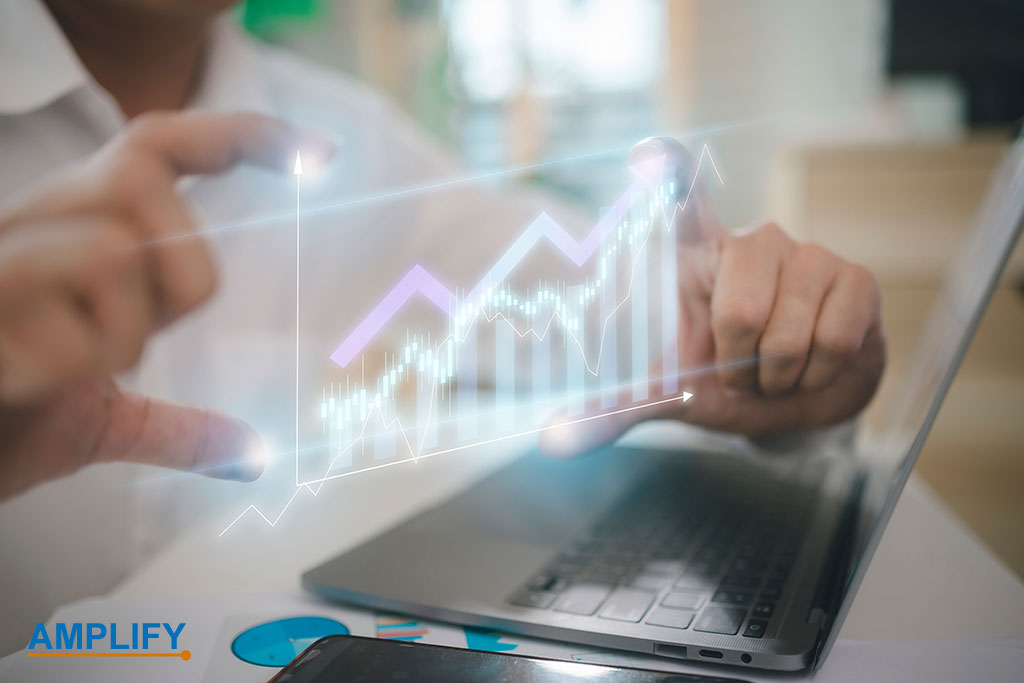Innovating Amidst Adversity: The Resilient Startup Journey
We have produced five articles discussing the reasons behind startup failures. Today’s article, titled ‘Understanding Resilience in Startups’, focuses on startups and the ability of a business to survive, adapt, and grow in the face of challenges and changes in the market..

Understanding Resilience in Startups
Grasping the essence of resilience is crucial for startups. It involves the ability to recover swiftly from challenges or adapt to changes. For startups, this trait is vital due to their frequent encounters with obstacles and transformations. Resilience in startups is about more than enduring tough times; it’s about thriving in the face of adversity. This resilience manifests in various ways – from pivoting business models to finding new markets, from overcoming funding challenges to adapting to rapid technological changes.
Key Components of Startup Resilience
- Adaptive Leadership: Leaders who can navigate through uncertainty and make quick, informed decisions set the tone for resilience.
- Flexible Business Models: The ability to pivot and adapt business models in response to market feedback and changes is crucial.
- Emphasis on Innovation: Continual innovation is vital for staying relevant and competitive in the fast-paced startup environment.
- Strong Team Dynamics: A resilient team, united in vision and adaptable in function, forms the backbone of any startup.
Measuring Startup Resilience Through Failure and Recovery
A primary method to assess resilience involves observing a startup’s recovery from failures. Startups often pivot or alter their strategies significantly. Monitoring these changes reveals their resilience capacity. Another key metric is the frequency of capital acquisition. Startups that successfully secure funding repeatedly demonstrate an impressive resilience level. This shows their capability to survive tough periods.
Assessing how a startup manages team turnover offers insights into its resilience. A high rate of replacing team members may signal strong adaptability and sustained performance, despite turnover challenges. Evaluating customer retention is essential. Startups with high customer churn rates may struggle to maintain a loyal customer base. This metric is a significant indicator of a startup’s overall health and resilience.
Cultivating a Culture of Innovation and Adaptability

Innovation is the lifeblood of a startup. But to innovate consistently, especially under pressure, requires a culture that embraces adaptability and learning.ostering innovation requires a multifaceted approach; creating an environment that encourages experimentation, allowing for the exploration of new ideas and valuable learning from failures is vital. Equally important is a customer-centric approach, where innovations are directly driven by customer needs and feedback, ensuring that new developments are market-relevant.
Leveraging the latest technological advancements and integrating these into existing business practices can significantly spur innovation. Also, the development of a supportive startup ecosystem is critical. Such an ecosystem, enriched with investors, mentors, peers, and industry experts, provides a comprehensive network and essential resources indispensable for growth and innovation. The power of networking and collaboration cannot be understated in this context. Access to experienced mentors for guidance, peer learning opportunities for sharing experiences and challenges, and resources like funding, talent, and technology are crucial elements that facilitate the growth and scaling of startups
Harnessing Technology for Startup Resilience
The landscape of the technology sector constantly evolves, posing unique challenges. Especially for startups, this volatility can be daunting. Yet, technology holds the key to building resilience in startups. How can startups turn technological challenges into opportunities? In our digital era, an online presence is vital. It levels the playing field for startups, offering access to customers and investors alike. But what makes an online presence genuinely effective?
A website acts as your digital cornerstone. It should cater to your audience’s needs and showcase your unique offerings. Importantly, it must be search engine optimized. This ensures your startup appears when potential customers seek your services. Beyond your website, diverse digital channels offer opportunities to engage your audience. Social media enables direct connections th potential customers, enhancing brand awareness. Additionally, targeted paid advertising can effectively reach your audience. But how can startups ensure their advertising efforts are efficient and impactful?
Technology not only boosts external growth but also enhances internal efficiency. Automation allows teams to focus on strategic tasks, while data analytics uncovers areas for improvement. Can technology also play a role in making startups more agile and adaptable? Investing in technology is crucial for embedding resilience in startups. It’s a multifaceted tool that improves online visibility, streamlines operations, and reaches wider audiences. How significant is technology investment in ensuring the longevity and success of a startup?
Conclusion
Resilience and innovation are intertwined in the startup journey. By cultivating these qualities, startups can not only survive the challenges they face but also emerge as leaders in innovation and change. Consider your startup’s approach to resilience and innovation. Are you creating an environment where adaptability and creativity are nurtured? How can you leverage your ecosystem to support your growth and innovation efforts?



















